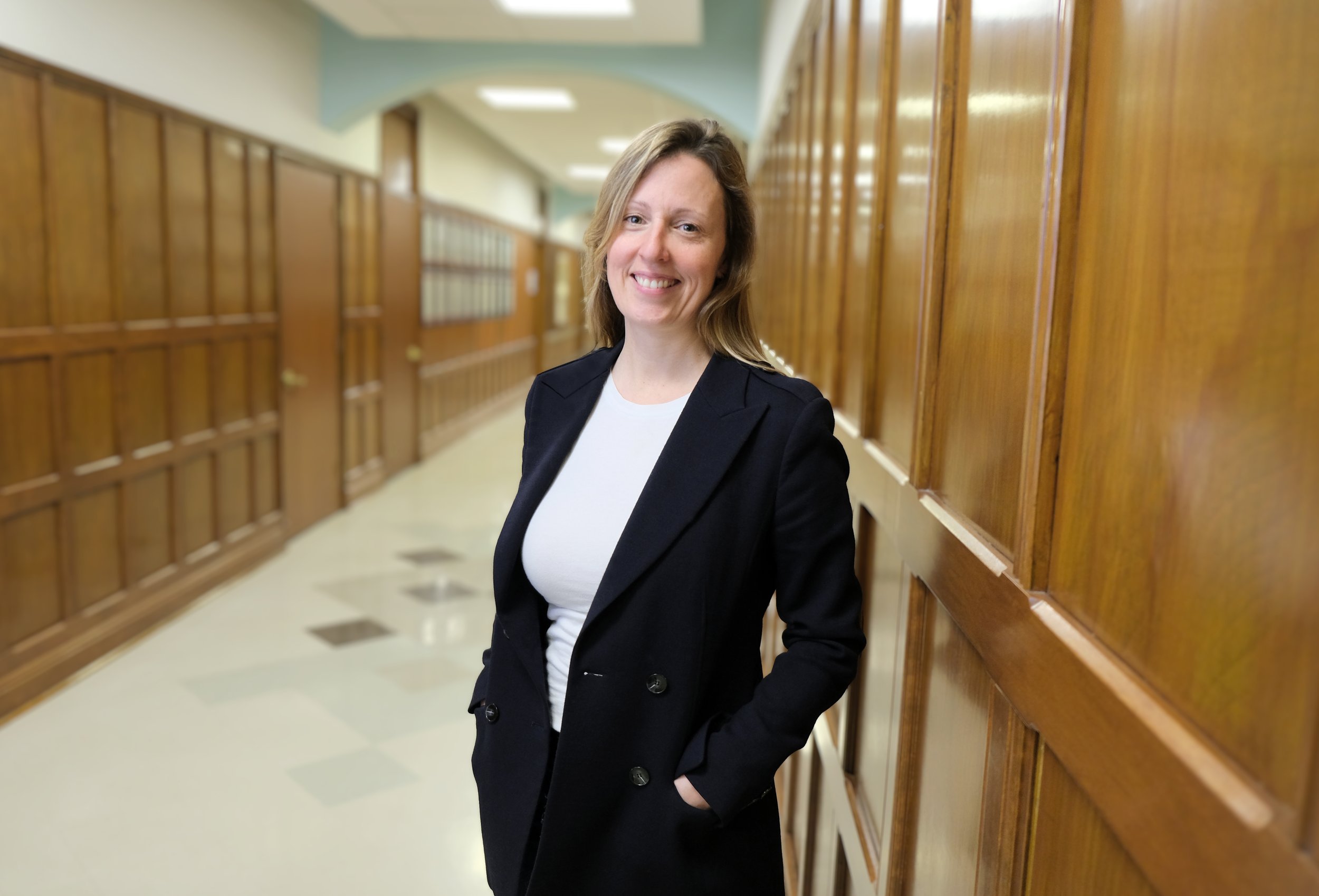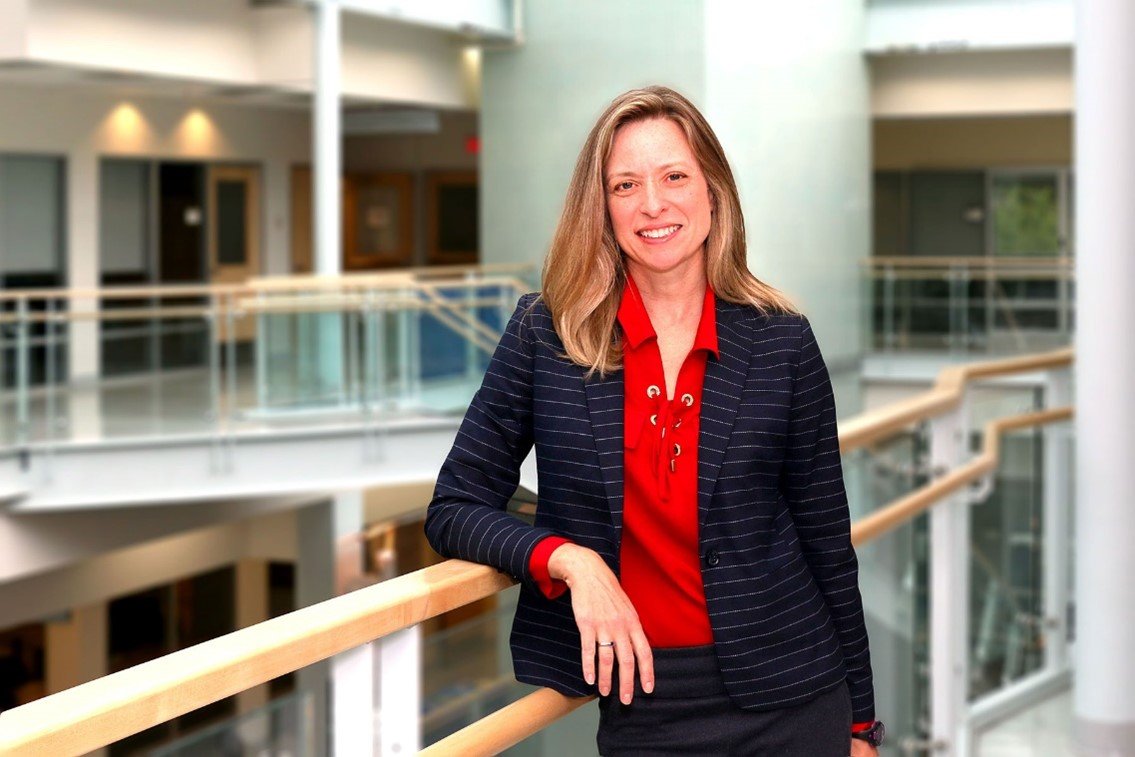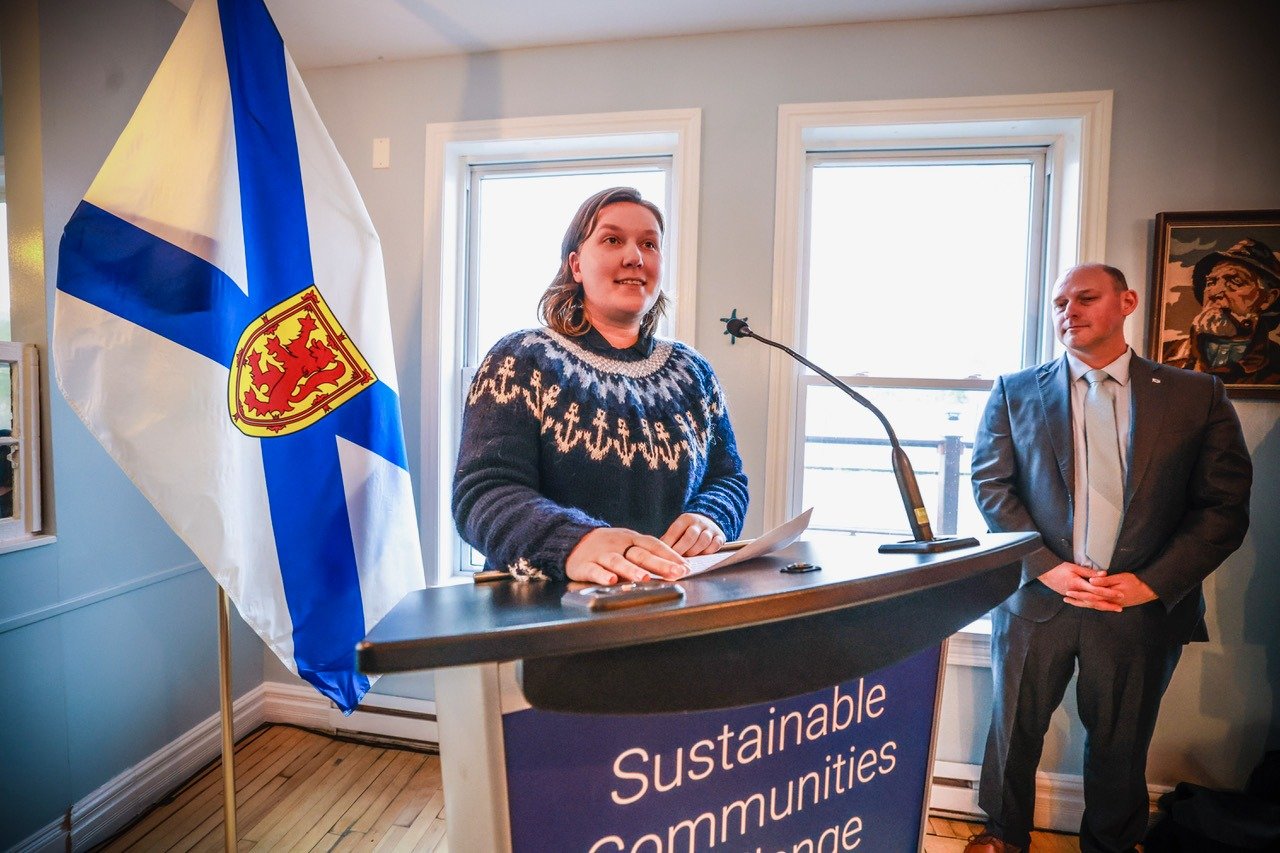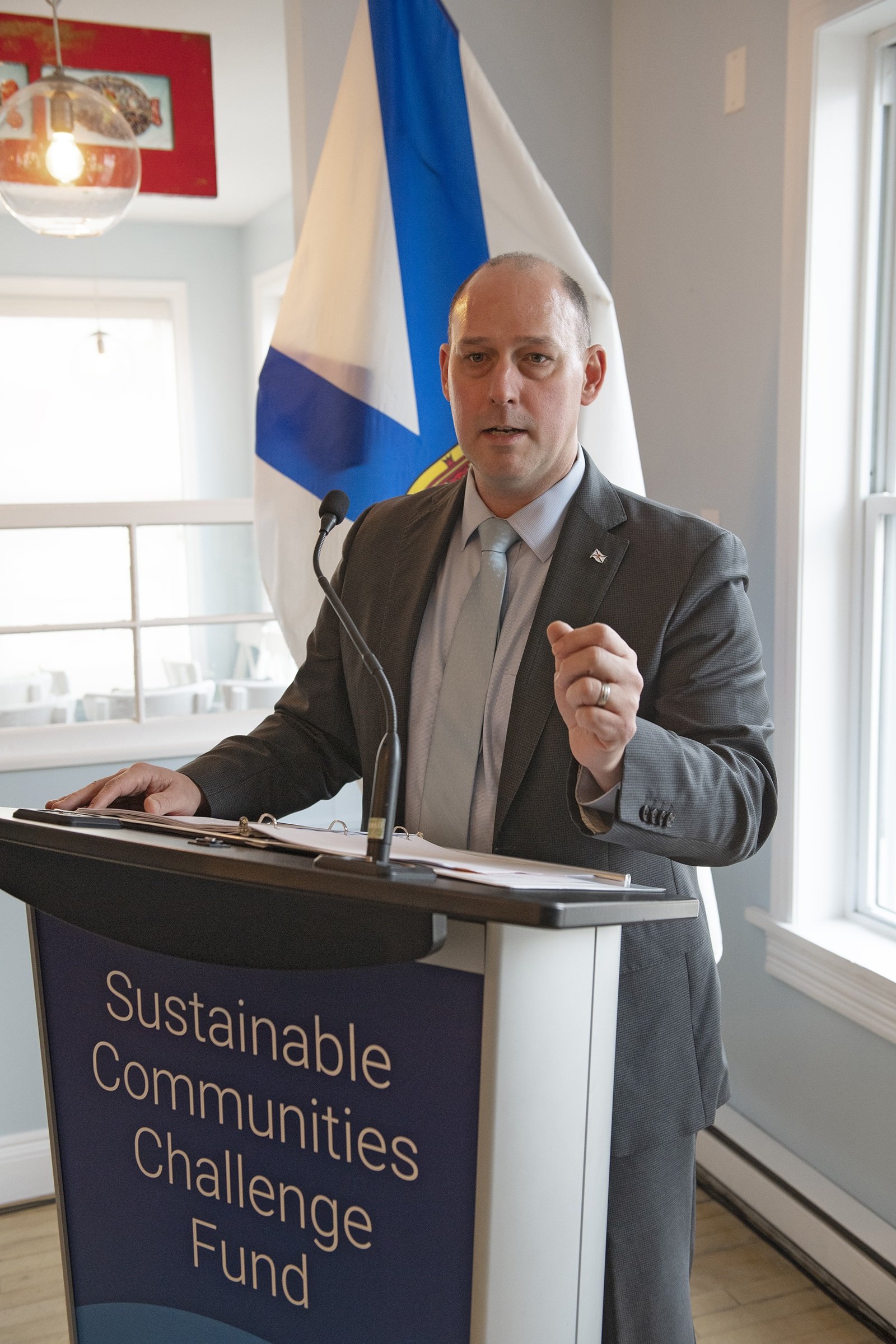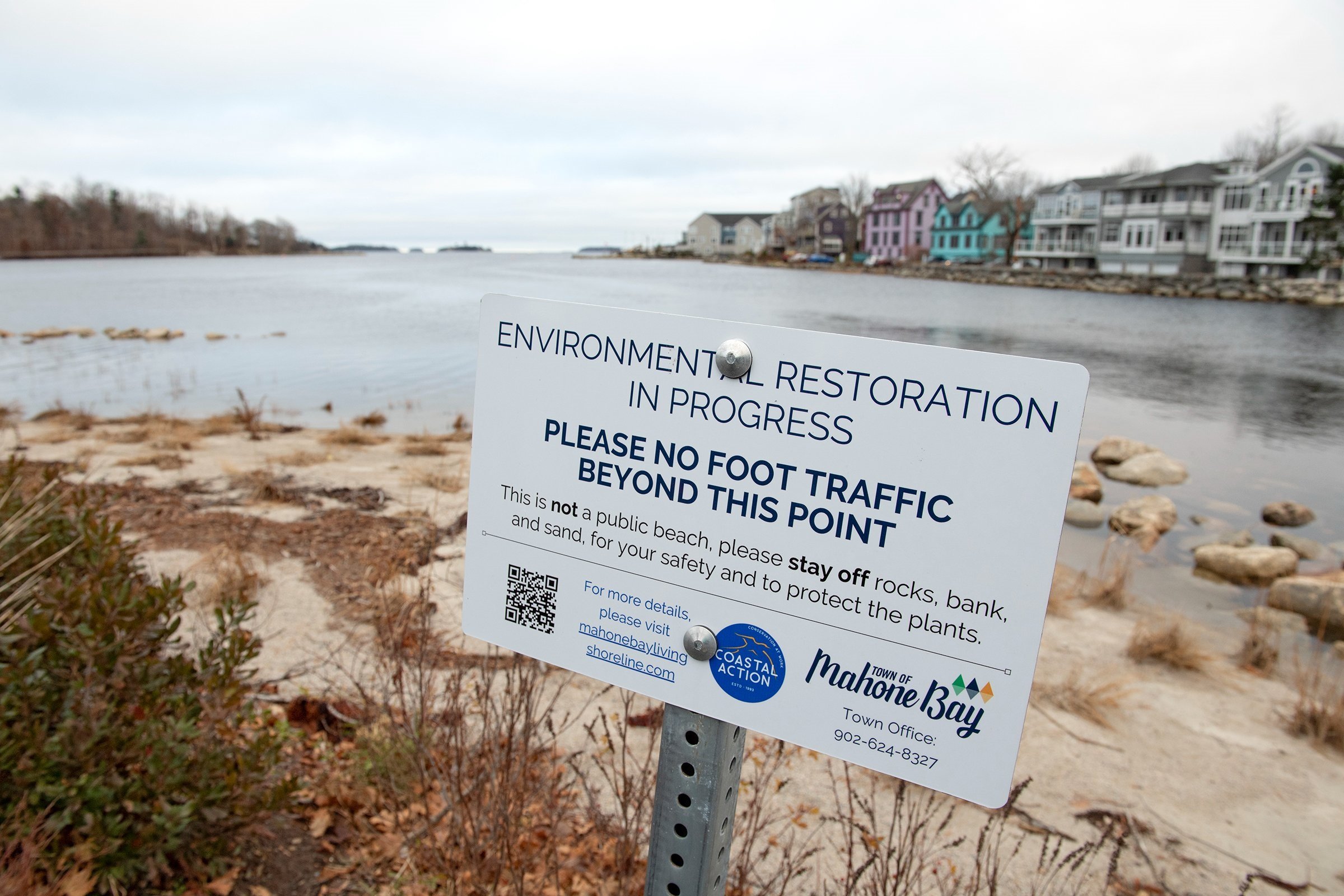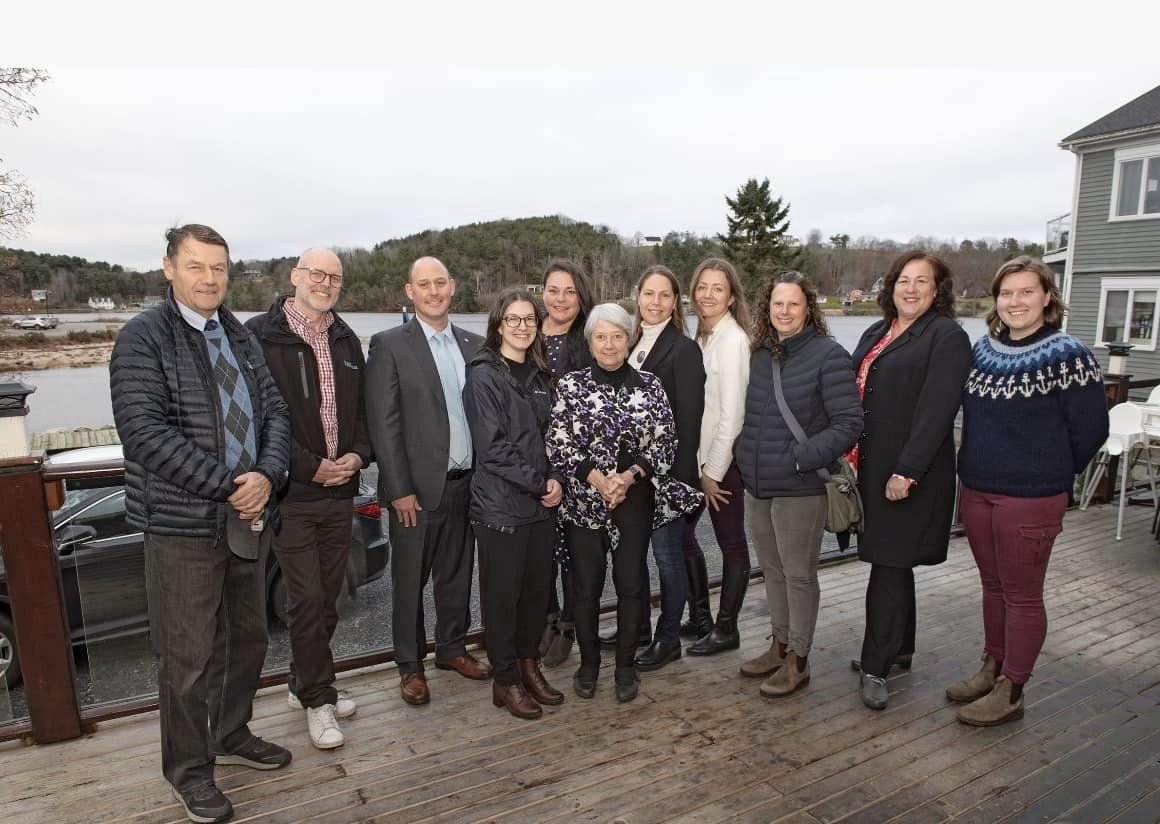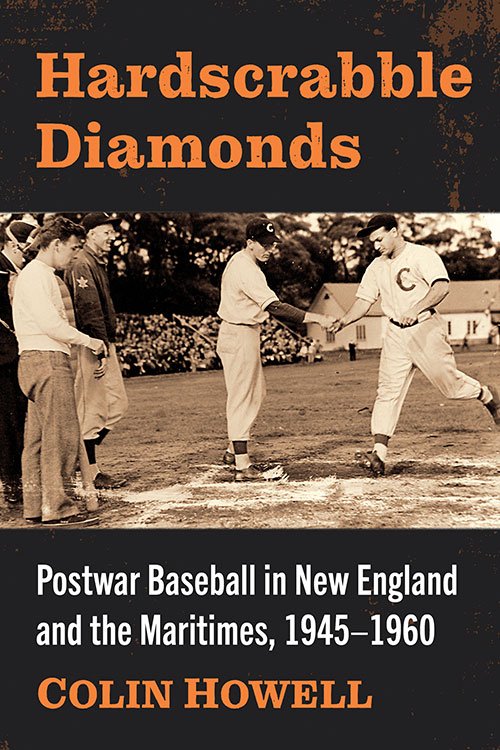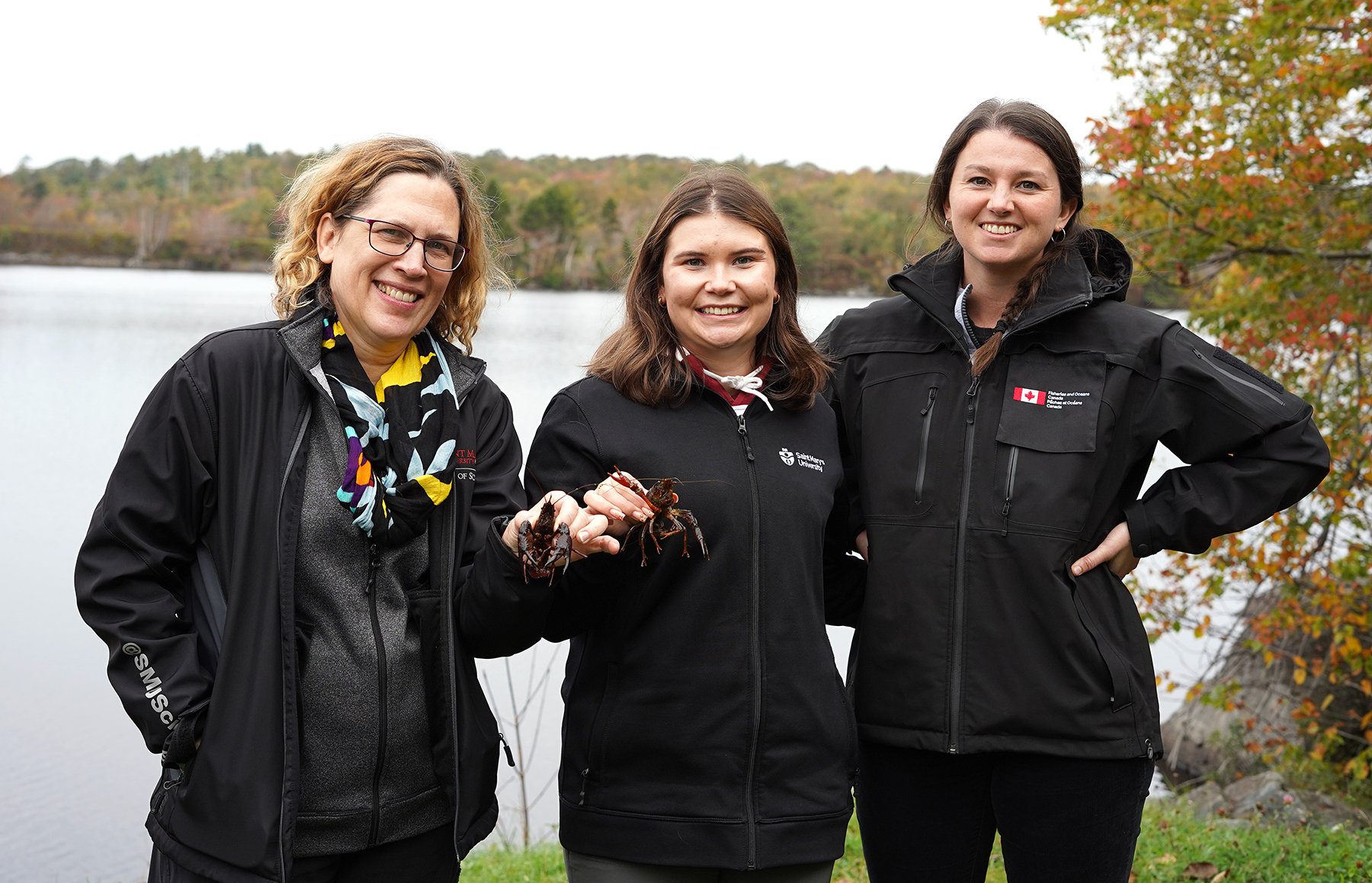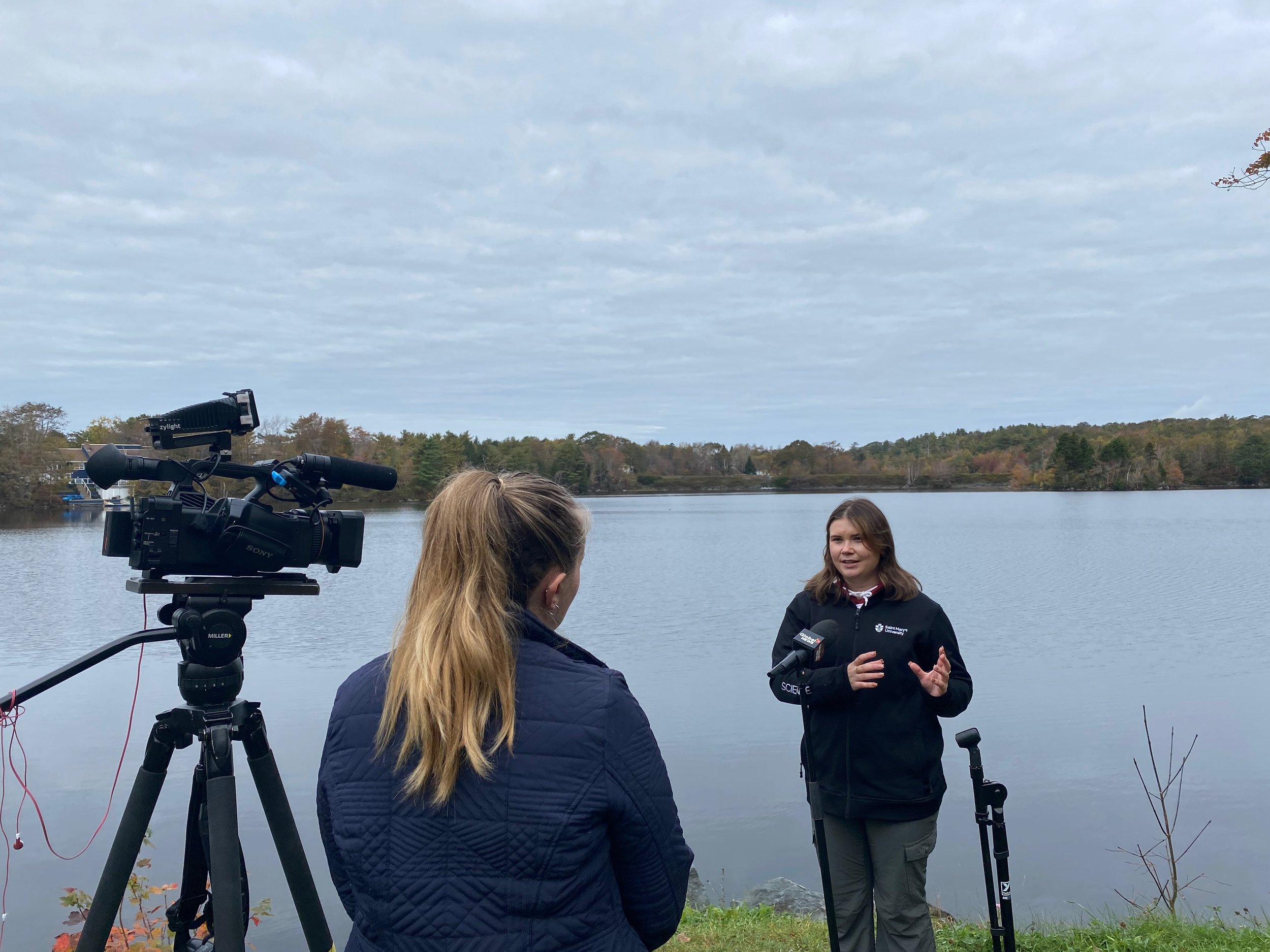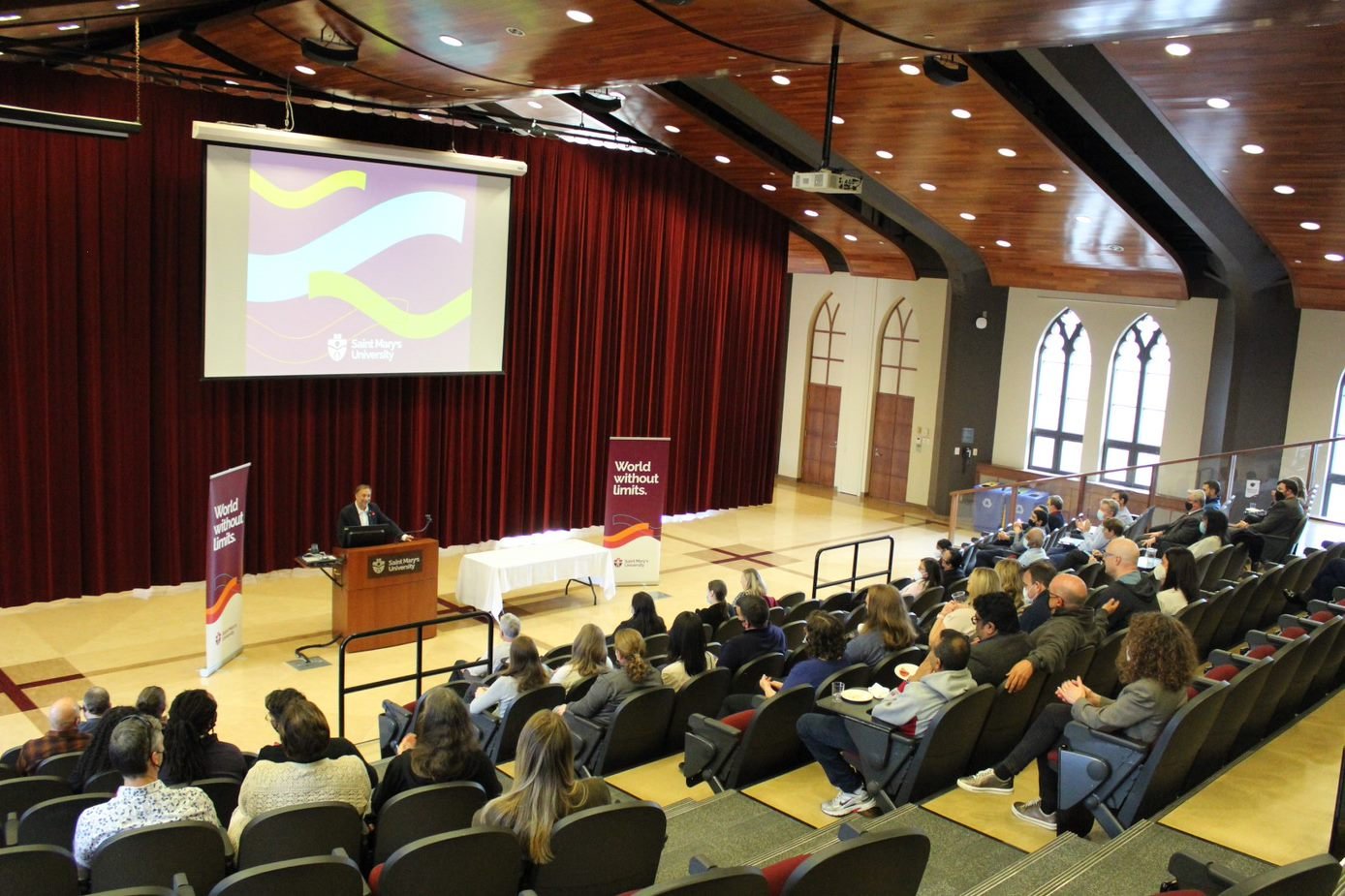Saint Mary’s University is the top primarily undergraduate research university in the Atlantic provinces, according to the latest Canada’s Top 50 Research Universities rankings.
Released annually by Research Infosource Inc., the rankings assess the research income and intensity of Canadian universities in four categories: medical, comprehensive, undergraduate and specialized. This year, Saint Mary’s placed 16th nationally in the undergraduate university category.
Saint Mary’s was also ranked 5th in Canada for undergraduate universities that saw the most growth in not-for-profit research funding, thanks to a remarkable increase of 208% between 2018 and 2022.
Research Infosource measured how well universities fared at winning funding from national granting councils, specifically Canada's Tri-Agencies.
Saint Mary’s placed 5th among undergraduate universities in two categories: Social Sciences and Humanities Research Council of Canada (SSHRC) research income as a percentage of total research income (10.2 %); and Natural Sciences and Engineering Research Council of Canada (NSERC) research income as a percentage of total research income (17.6%).
Additionally, Saint Mary’s was ranked 4th for Canada Foundation for Innovation (CFI) research income as a percentage of total University Research Income (5.8%).
“We’re pleased that Saint Mary’s is increasingly recognized as an undergraduate university that maintains a strong commitment to supporting high-calibre research,” says Dr. Adam Sarty, Associate Vice-President, Research and Dean, Faculty of Graduate Studies and Research. “Our rankings this year reflect both the strength and consistent success of our faculty in securing external funding, and to the concerted effort from the university and our Deans to support the research of as many faculty possible.”
In 2022-2023, a total of 97 faculty members at Saint Mary’s received $12.58 million in funding, representing an intensity of $43,800 per professor and $16,300 per graduate student.
Sarty also noted that the university prioritizes building trusting relationships with community partners and has a “high record of success” connecting professors to partners in the private and public sectors that need specific research expertise.
A distinctive position
Student Kyle Morton BComm’23 (at right) worked with economics professor Dr.Yigit Aydede on a ground-breaking study on the spread of COVID.
Saint Mary’s enjoys a unique position in the post-secondary research environment; a mid-size, undergraduate university that secures high-profile research partnership contracts, conducts world-leading fundamental research (e.g. astrophysicists with leading roles in international space and astronomy projects such as the James Webb Space Telescope and XRISM satellite) and is a leader in community-based research projects. The university also provides unparalleled research opportunities undergraduate students.
For more information on Canada’s Top 50 Research Universities list, visit Research Infosource.









